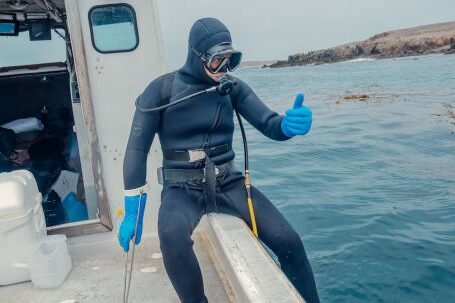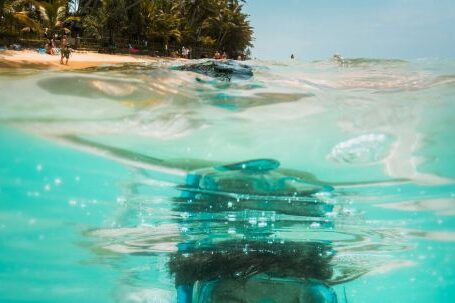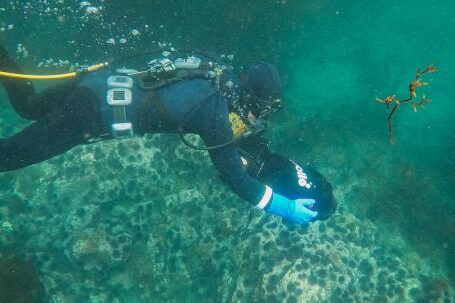Diving is an exhilarating activity that allows us to explore the underwater world. However, it is important to remember that diving comes with certain risks, one of which is decompression illness. This article aims to provide a comprehensive understanding of decompression illnesses and how they can be managed to ensure a safe diving experience.
What is Decompression Illness?
Decompression illness, also known as “the bends” or “diver’s disease,” occurs when a diver ascends too quickly from a dive, resulting in the formation of nitrogen bubbles in the body. These bubbles can cause a range of symptoms, including joint and muscle pain, dizziness, fatigue, difficulty breathing, and in severe cases, paralysis or even death.
Understanding the Causes
To understand decompression illness, it is essential to grasp the concept of pressure and how it affects the body. When a diver descends into the water, the pressure increases with depth. Breathing compressed air underwater allows the body to absorb nitrogen, which is normally expelled when we exhale. If a diver ascends too quickly, the pressure decreases rapidly, causing the excess nitrogen to form bubbles within the body.
Preventing Decompression Illness
The best way to prevent decompression illness is to adhere to safe diving practices. This includes following dive tables, using dive computers, and conducting safety stops during ascent. Dive tables provide guidelines for how long a diver can stay at a certain depth before needing to ascend. Dive computers, on the other hand, calculate the nitrogen levels in the body in real-time, allowing divers to monitor their ascent rate and adjust accordingly.
Managing Decompression Illness
Despite taking precautions, decompression illness can still occur. In such cases, prompt action is crucial. The first step is to recognize the symptoms and seek medical attention immediately. Delaying treatment can lead to more severe complications. While waiting for medical assistance, the diver should be given 100% oxygen to help reduce the nitrogen bubbles in the body. This can be administered using an oxygen kit that all divers should carry as part of their safety equipment.
Recompression Chambers
For severe cases of decompression illness, recompression chambers are used for treatment. These chambers simulate the increased pressure experienced during a dive, helping to dissolve the nitrogen bubbles and relieve symptoms. The affected diver is placed in the chamber and subjected to controlled pressure changes until the symptoms subside. Recompression chambers are typically found in specialized medical facilities near diving destinations.
The Importance of Dive Planning
Proper dive planning plays a crucial role in preventing decompression illness. This includes considering factors such as dive depth, duration, and surface intervals between dives. It is also important to listen to your body and be aware of any symptoms or discomfort during a dive. If you experience any issues, it is better to end the dive early and ascend slowly while monitoring your ascent rate.
Conclusion: Dive Safely
Diving is an exciting and rewarding activity, but it is not without risks. Understanding decompression illnesses and taking the necessary precautions is vital for a safe diving experience. By following dive tables, using dive computers, and seeking prompt medical attention if needed, divers can minimize the chances of decompression illness and enjoy their underwater adventures to the fullest. Remember, safety should always be the top priority when exploring the depths of the ocean.





